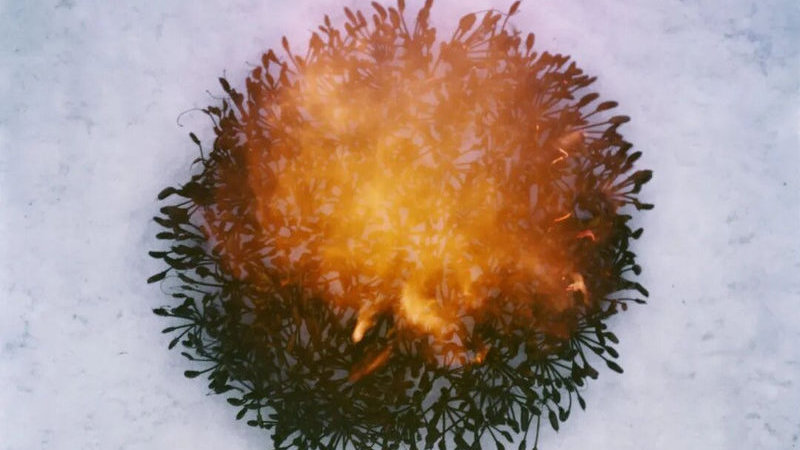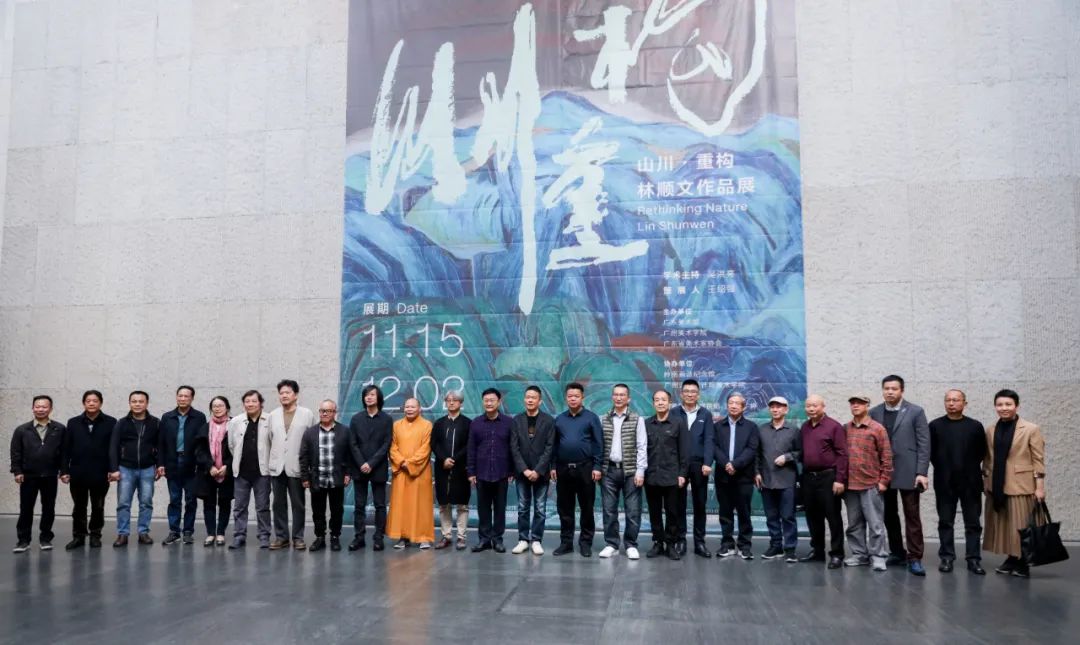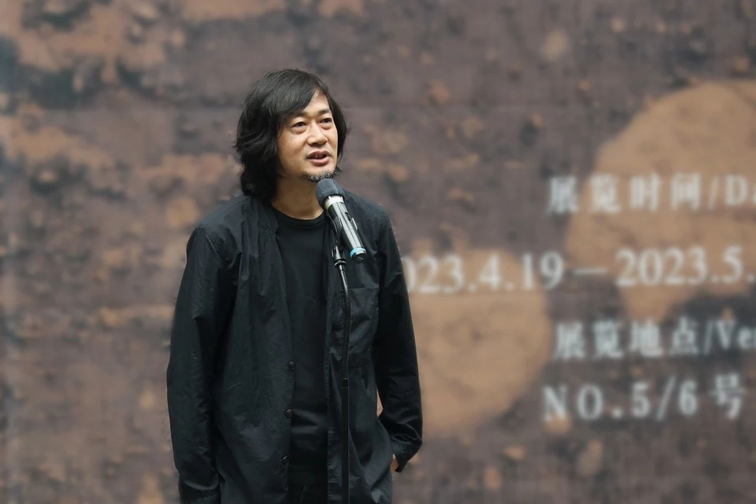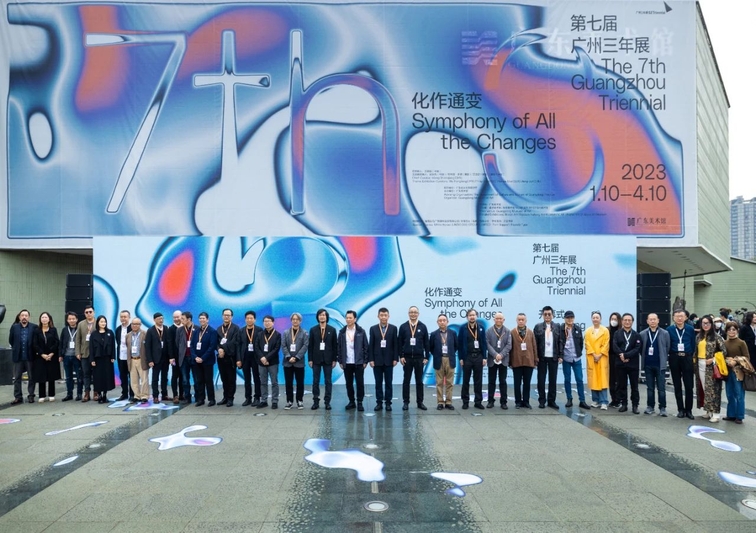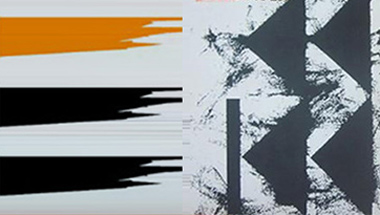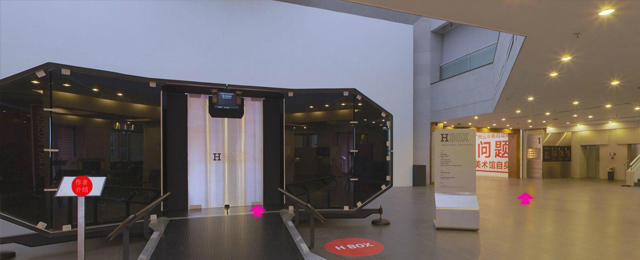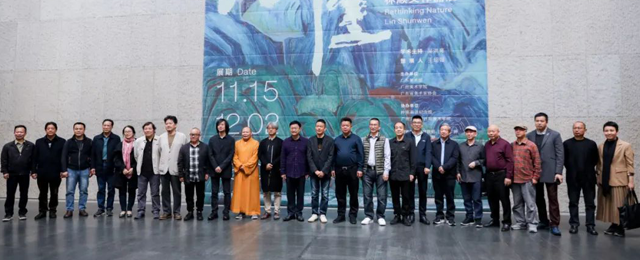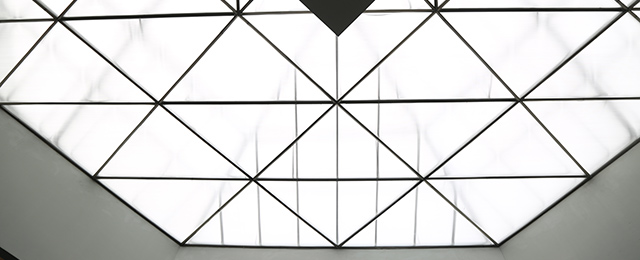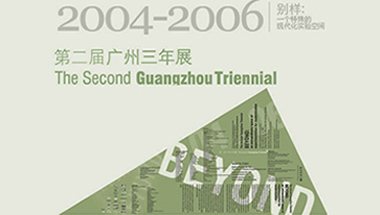引言
录入时间: 2006-09-01
引言
跟随你的心,不要迟疑:盛情邀请您参加在法恩扎国际陶器博物馆举行的十六世纪作品展出。展品光彩夺目,洁净无瑕,值得期待。
我的心,请坚强一些,请坚强一些,因为你要受伤了:这是一首爱情小曲。它出现在十六世纪陶器的“战利品”插图当中。这些战利品包括武器和乐器。这种图案是从Casteldurante(卡色特乐都兰地)的骑士,即Cipriano
Piccolpasso,
写的陶艺文献来的。在这里,我们可以续写这些美妙的诗文和华丽的称号,通过陶器回想那个人文主义复苏的年代。
这是一个有影响的,有启发的,迷人的主题。特别是当我们研究制陶术和音乐的关系时,它让我们对神话和现实的肖象有更多的深思。陶器中的图画通常由神占据尊贵的位置,但也流传下来关于风俗习惯的图画,引起了我们的兴趣。让人同样感兴趣的是画作中的难以言喻的对比,如陶器画的视觉效果与乐器的声音效果的对比,形式与内容的对比,以及灵与肉的对比。
这是一个有着多学科性质的展出,让人联想到制陶术与音乐之间的关系。它向我们证明了有制陶术盛行的几个世纪中,从来没有停止过与音乐的联系。它启发音乐,歌颂音乐,赞美音乐,同样也赞美乐器。在陶器的世俗和宗教主题的人物当中,在寓言当中,和在十六世纪的“战利品”当中,都出现有乐器。
然而,这个由二十五件作品组成的展出,不仅是对艺术家作品的走马观花。他们从音乐世界的典雅或通俗的表达中吸取了灵感。事实上,对意大利制陶术的包罗万有的认识,包括中世纪及以后的年代,往往是不可能的。因此,我们着力挑选了为数不多,但有代表性的精选的一组样品。它们来自法恩扎国际陶瓷博物馆。
人们会注意到,通过对陶器的观察,我们可以知道在那几个世纪的年代中,人们喜欢用哪些乐器,不喜欢用哪些乐器。陶器上还画有关于过去人们生活的写照,这些图画虽经岁月却依然清晰。例如,我们可以看到,在文艺复兴时期,鲁特琴和vielle
(或叫 lira da braccio)
非常流行,而可携带的或固定的风琴也很流行。在十七世纪的陶器中,我们就看不到这种情况了。而在十八世纪的陶器中,我们只能看到小提琴了。
这个展览的主题对参观者来说是一个愉快的消遣。通过从一种艺术到另一种艺术的转换,即音乐到制陶术的转换,参观者被带进一种迷人的绘图气氛之中。这些精美的陶器作品虽然是用普通的制陶土制成,却有着非同寻常的技巧。它们代表着品味,优雅和魅力。
我们希望用一句话作为结束。它来自一个不朽的音乐之杯,而今天依然被我们传唱:跟随你的心,不要迟疑。
Introduction
Follow thy heart and hold not thyself back: this is
the musical invitation on a Sixteenth Century cup in the International Museum of
Ceramics in Faenza which can be admired in the present exhibition, beautiful in
the untouched “cleanliness” of its glaze.
Arm yourself, my heart, arm
yourself my heart, my wound thou shalt be: thus sings an amorous madrigal placed
among the “trophies” of arms and music in an illustration from the Sixteenth
Century treatise on the art of pottery by the Cavaliere of Casteldurante,
Cipriano Piccolpasso. And thus we could continue among the charming verses of
love and the gallant epithets with which the majolica beloved of the Age of
Humanism is adorned.
The subject is therefore involving,
evocative and fascinating, especially when we investigate the relationship
between ceramics and music, broadening our enquiry to include the images of myth
and reality, that universe of the Muses which occupied the position of honour in
illustrated majolica, but which also came to include and hand down to us images
of customs, usages and curiosities. It is no less interesting to observe what
has always appeared to be an impossible contest between the visual nature of
ceramics and the sonorous nature of music, between form and content, perhaps
between body and soul.
This thematic exhibition with a
multi-disciplinary slant aims to investigate the nature of the relationship
between ceramics and music, and intends above all to demonstrate that over the
centuries the art of ceramics has never ceased to relate to that of music,
evoking, celebrating and exalting music and its instruments, which appear among
the protagonists of its secular and Biblical illustrations, its
allegories, its Sixteenth Century “trophies”.
However, this exhibition, which consists of twenty-five
works, offers little more than a fleeting glance at what the majolica artists
have absorbed and transmitted from the world of music, from its courtly aspects
to its more popular expressions. It has not been possible, in fact, to offer an
all-embracing and complete survey of the subject covering Italian majolica as a
whole, from the Middle Ages onwards; the present enquiry basically grew,
therefore, from our focussing on a small but choice group of works available in
the collections of the Faenza Museum.
It will be seen,
however, that majolica can give significant indications regarding the use and
disuse of certain instruments over the centuries as well as being a depositary
for the conservation, uncontaminated by time, of images narrating past
realities; we will see, for example, how during the Renaissance the lute and the
vielle (or lira da braccio) were widespread, as was the organ, whether portative
or positive; we no longer encounter these in baroque majolica and it is above
all the violin which we find in majolica of the Eighteenth
Century.
The theme of this exhibition can offer a
pleasurable diversion, drawing the observer into a charming play of
illustrations and atmospheres, in a rare transformation of one art - music -
into another - that of ceramics. Splendid majolica pieces, of common soil but
not of common artifice, will appear now, as ever, expressions of taste, elegance
and enchantment, inspiring in us the wish to leave the last word to the
imperishable glaze of the musical cup which still today sings to us: Follow thy
heart and hold not thyself back.
开放时间:每周二至周日9:00-17:00(逢周一闭馆)
每日16:30停止入场
地址:广东省广州市越秀区二沙岛烟雨路38号
咨询电话:020-87351468
预约观展:
-
广州 影像三年展 2025 Guangzhou Image Triennial 2025 ...

